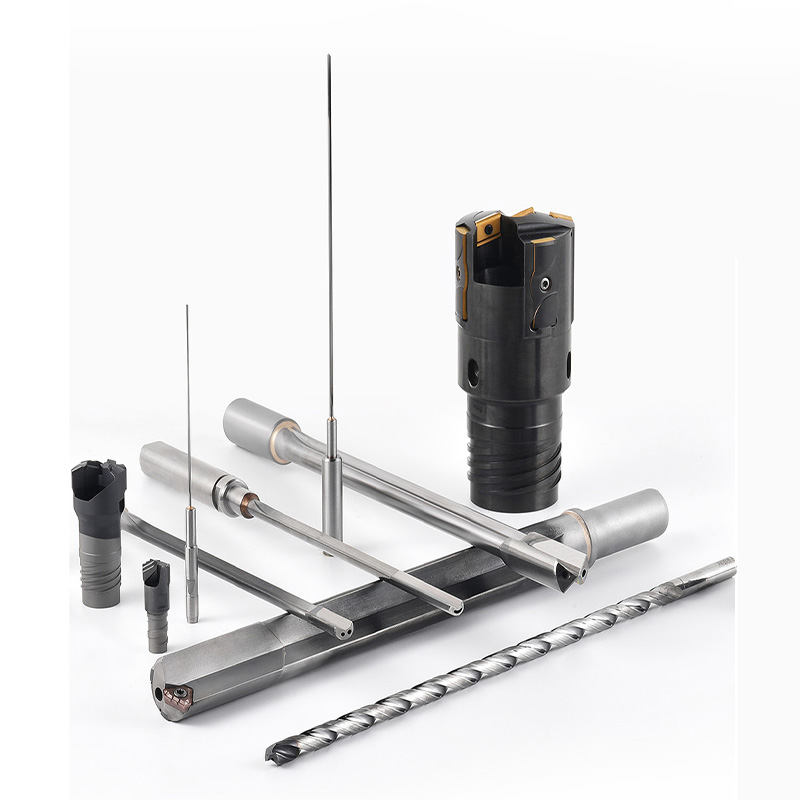Detailed description of Deep Hole Drill
2024-06-28
A deep hole drill is a specialized cutting tool used for creating deep, precise holes in a variety of materials. Here’s a detailed description:
Components and Design:
1. Drill Body: The main body of the drill, which is typically made of high-speed steel (HSS) or carbide. It is designed to be long and slender to reach deep into the material.
2. Cutting Edges: Located at the tip of the drill, these are responsible for cutting into the material. They are designed to be sharp and durable.
3. Flutes: These are the grooves that run along the length of the drill. They serve to remove chips from the hole being drilled, facilitating efficient drilling.
4. Coolant Channels: Many deep hole drills are equipped with internal channels that allow coolant to be delivered directly to the cutting edges, reducing heat and prolonging tool life.
5. Guide Pads: These are found on the outer surface of the drill and help to stabilize it during the drilling process, ensuring accuracy and preventing deviation.
Types of Deep Hole Drills:
1. Gun Drills: Used for drilling very deep, straight holes with a single cutting edge and a long, thin body.
2. BTA Drills (Boring and Trepanning Association): These drills have internal coolant supply and external chip removal, used for large-diameter deep holes.
3. Ejector Drills: Similar to BTA drills but with a dual-tube system that allows for better chip removal.
Applications:
1. Aerospace: Used for creating holes in aircraft components where precision and depth are critical.
2. Automotive: Used in manufacturing engine blocks, crankshafts, and other parts that require deep holes.
3. Oil and Gas: Used for drilling holes in equipment and pipelines.
4. Medical: Used in the production of medical devices and implants.
5. Mold and Die Making: Used for creating deep cavities in molds and dies.
Advantages:
1. Precision: Deep hole drills are designed to produce very straight and accurate holes.
2. Efficiency: They can drill deep holes quickly and with high efficiency.
3. Coolant Delivery: The integrated coolant channels help in maintaining the tool’s temperature, reducing wear and tear.
4. Chip Removal: The design of flutes and coolant channels ensures efficient removal of chips from the hole, preventing clogging and damage.
Considerations:
1. Tool Alignment: Proper alignment is crucial to prevent tool breakage and ensure hole accuracy.
2. Speed and Feed Rates: Correct speed and feed rates are essential to prevent overheating and tool wear.
3. Coolant Use: Adequate coolant flow is necessary to maintain tool temperature and prolong life.
4. Material Properties: Different materials require different types of deep hole drills and cutting parameters.
Maintenance:
1. Regular Inspection: Regularly inspect the drill for wear and damage.
2. Proper Storage: Store the drills in a dry, clean place to prevent rust and damage.
3. Re-sharpening: Re-sharpen the cutting edges when they become dull to maintain efficiency.
Deep hole drills are essential tools in many industries, providing the capability to create deep, precise holes in a variety of materials. Their design and functionality make them indispensable for applications requiring high precision and efficiency.



